An Electromagnetic Pulse (EMP) is an impulse or blast wave that’s generated by geomagnetic activity due to solar flares, solar storms, solar superstorms, or the detonation of nuclear weapons. The horrible truth is that an EMP can wipe out electronics by inducing inductive coupling on traces, wires, or any conductive media within hundreds to thousands of miles from the blast, depending on the strength and altitude of the EMP source.
Power lines subjected to EMP can induce considerable current into every connected device. Modern cars traveling within range would stop working as expected. Drive-by-wire (electronic throttle) is now common, having replaced the old-fashioned mechanically linked steering. Drive-by-wire has no physical linkage, weighs less, reduces the number of moving parts, and eliminates the same need for maintenance like the old mechanical system. A 2002 report from the EMP Commission assessed the nature and magnitude of an EMP attack made on the United States, back when the automobiles with the most electronics were typically luxury vehicles. According to Pico Technology, “Today’s systems have a specific ECM that incorporates the necessary programming to facilitate the input signals from the throttle pedal potentiometers and signal outputs to the electronic throttle body.”[i]

Solar flares are also capable of wreaking havoc on modern life. Coronal mass ejection, or CME, is a solar superstorm. One such storm was the 1859 Carrington Event. Among much else, that solar superstorm sent sparks flying from telegraph equipment. Power lines are susceptible to low intensity, long duration EMP. EMP of the long duration type induces “quasi-direct current”[ii] in the power transmission lines. There’s “a shift in the magnetic field operating point in the core of the transformers.”[iii] Rather than its usual helpful role, exposed transformers would generate abnormal harmonic waveforms, overwhelming itself and the grid. The upcoming Lagrange solar warning mission “will allow monitoring of the potentially hazardous sunspots and high-speed solar wind streams before they come into view from Earth, and detect solar events and their propagation toward the Earth with higher accuracy than is possible today.”[iv] Solar flares emit radiation, including X-rays and ultraviolet radiation, which travels at the speed of light. In March of 1989, large flares disrupted long-range communications, including satellite links and shortwave transmissions, as reported from Holloman Air Force Base in New Mexico, arriving in just 8 minutes after the solar eruption.[v]
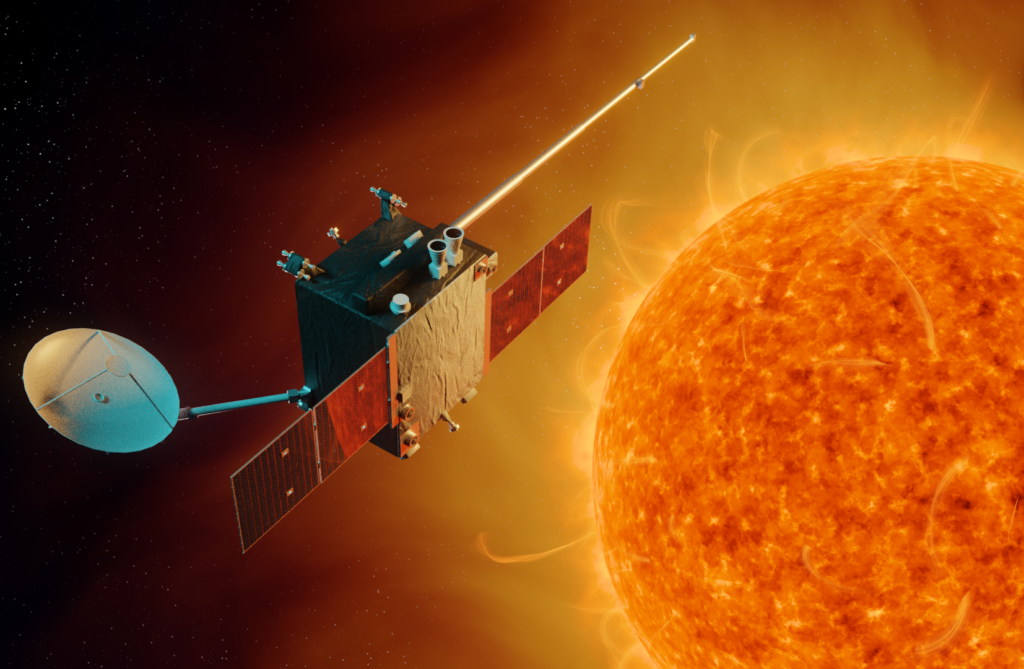
Understanding advances
A key step in developing solutions to protect electronics and electrical systems has been figuring out how to simulate an EMP event, which requires storing and discharging massive amounts of electrical energy in brief pulses. In the 1970s, Physics International began research into simulating the type of EMP that’s caused by detonating a nuclear weapon in space. In a project inspired by the initial efforts of Physics International, a 2015 R&D 100 award went to the Nuclear Technologies Department of the U.S. Defense Threat Reduction Agency (DTRA). The R&D result was an ion band implanted switch (IBIS) photoconductive semiconductor switch, or PCSS, which can be used for electromagnetic pulse simulation. Along with DTRA, on the team which developed the switch, was the science and research firm UES Inc. and L3 Applied Technologies, Inc. (Physics International was a forerunner of L3 Applied Technologies.)
Satellites are not protected by Earth’s atmosphere and can experience high-energy particle radiation that can cause them to malfunction. For instance, Geostationary satellites use the Earth’s magnetic field to determine orientation. If the Earth’s magnetic field is disturbed by a solar storm, it can cause satellites to flip and tumble if they aren’t manually overridden. Heavy shielding and radiation-hardened devices are common options to avoid the need for repairs in any device that’s exposed to EMP radiation. EMI/EMP filters can provide some circuit protection. Smiths Interconnect has products able to protect “against high energy transients from direct lightning strikes, standard EMP, high-altitude EMP (HEMP), non-nuclear EMP (NNEMP) and electromagnetic interference (EMI).”
What if…?
EMPs have captured the imagination of fiction authors considering “future history” and the attention of the scientific community, think tanks, and government agencies. One example includes a 2009 issue of Military &Aerospace Electronics magazine, where a senior program manager for a maker of electronic surge protection products said, “Explode a nuclear weapon 200 miles above Kansas City, and you can kiss off the power grids in all the United States. We’re back to being hunter/gatherers.”[vi] William Forstchen, in his 2009 novel One Second After, fleshed out the social norms that fall apart following a HEMP launched over the U.S. by a hostile power. Newt Gingrich, former U.S. Speaker of the House, in a foreword to the book states, “Few in our government and in the public sector have openly confronted the threat offered by the use of but one nuclear weapon, in the hands of a determined enemy, who calibrates it to trigger a massive EMP burst. Such an event would destroy our complex, delicate high-tech society in an instant and throw all of our lives back to an existence equal to that of the Middle Ages. Millions would die in the first week alone, perhaps even you who are reading this if you require certain medications, let alone the most basic needs of our lives such as food and clean water.”[vii]
Unprotected power grids are vulnerable. The effect of a solar storm or EMP can ruin a transformer with a large dose of current. According to SolarStorms.org, “When space weather disturbances cause ‘Geomagnetically Induced Currents,’ these GICs can enter a transformer through its Earth ground connection. The added DC current to the transformer causes the relationship between the AC voltage and current to change at the source of the electricity… Because of the way that GIC currents affect the transformer, it only takes a hundred amperes of GIC current or less to cause a transformer to overload during one-half of its 60-cycle operation. As the transformer switches 60 times a second between being saturated and unsaturated, the normal hum of a transformer becomes a raucous, crackling whine. Regions of opposed magnetism as big as your fist in the core steel plates crash about and vibrate the 100-ton transformer nearly as big as a house in a process that physicists call magnetostriction.”[viii]
[i] https://www.picoauto.com/library/training/electronic-throttle-control-drive-by-wire-or-fly-by-wire
[ii] https://www.firstempcommission.org/uploads/1/1/9/5/119571849/executive_report_on_assessing_the_threat_from_emp_-_final_april2018.pdf
[iii] Ibid.
[iv]“Space weather kicks up a social storm.” Space Daily, 4 Mar. 2019. General OneFile, https://link.galegroup.com/apps/doc/A576818065/GPS?u=tempe_az&sid=GPS&xid=e32a0b9e. Accessed 2 Apr. 2019.
[v] https://www.solarstorms.org/NewsPapers/d1989.pdf New York Times, March 13, 1989, “Large Solar Flares Erupt Anew.”
[vi] John Keller. Military & Aerospace Electronics.Vol. 20, Issue 2. (Feb. 2009) p22+. Word Count: 3725. Lexile Measure: 1360L. From General OneFile.
[vii] Forstchen, W. R. (2009). One Second After. New York: Forge. Foreword: Gingrich, N.
[viii] https://www.solarstorms.org/Spower.html


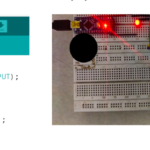
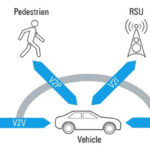
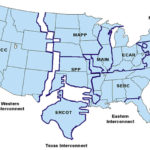
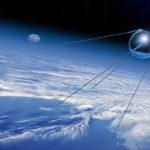

Leave a Reply
You must be logged in to post a comment.